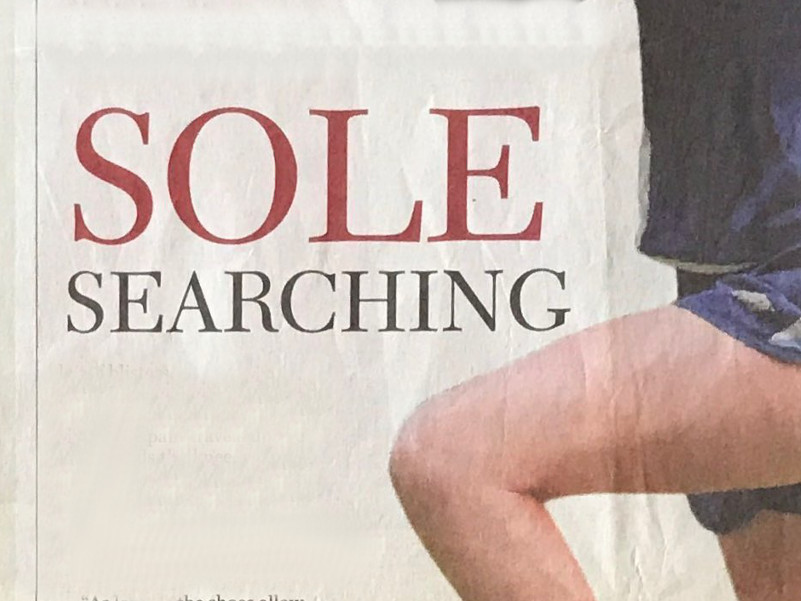Wearing the wrong sports shoes can cause a host of problems, but many people go for looks instead of comfort
A few years back, Ms Ang Siew Li tried to run a full 42km marathon in a brand-new pair of sports shoes.
At the three-quarter mark, the 33-year-old finance manager was forced to drop out of the race because of the unbearable pain.
“She lost all 10 of her toe nails. They were all black,” related her brother, Mr Arthur Mg, 31, a manager with New Balance.
Another cautionary tale on the importance of the right sports shoes comes from tri-athlete Elaine Chan, 16.
When she started running seriously about two years ago, she wore a pair of cross-trainers for the 50km she attempted weekly.
However, “the support wasn’t enough”, and she got a lot of blisters.
Even now, she suffers from shin splints, a sport injury where the pain travels up the leg towards the knee, as a result of wearing the wrong shoes.
Today, construction rules over aesthetics whenever Elaine buys a new pair of sports shoes.
“As long as the shoes allow me to run without pain and gives me good support, the colour or de-sip doesn’t mat-ter at all,” she said.
However, this does not seem to be the case for most Singaporeans.
“Many customers just zoom in on the colour or the design, especially the women,” said Mr Ang. ‘The problem usually lies with the potential buyer, not the shoes.”
Mr Kenneth Tan, 25, a management trainee with Fila Marketing, agreed. “While most of them know what type of shoes they want, they usually try shoes by picking the designs,” he said.
“Other things they look out for is the cushioning or the lightness of the shoe.”
He believes that customers will make more informed choices if Singapore’s sales staff are better trained.
Agreeing, Mr Ang said that in America or Australia, sports shoes salesmen are usually runners themselves.
“In some stores, there is a treadmill with a high-speed camera and the staff would film how a customer runs in the shoes,” he said. “If the shoes don’t fit the customer properly, the staff would refuse to sell the shoes to him.”
Indeed, when The Sunday Times went sneaker shop-ping at three sports shops in Tampines and Orchard Road, the sales staff — while attentive — did not offer very helpful tips and specific advice on the right footwear.
“Having proper sports shoes would increase performance and decrease the chance of incurring an injury”, said podiatrist Tye Lee Tze, 34.
“A lot of people think that they’re young, they can deal with it later. What they don’t realise is that the problems build up gradually.”
Blisters, blackened toe nails and ankle sprains are some of the short-term problems caused by wearing the wrong shoes or ill-fitting shoes for an activity.
Long-term problems include pain in the heels, tendonitis as well as knee, hip and back ailments, which could lead to problems in walking in the future.
A person might be especially susceptible to these problems if he had sustained sports injuries in the past.
Mr Tye said: “We might walk 300,000km in our life-time. Car tyres can be changed when they wear out, but humans can’t change any part of their bodies.”
He and Mr Ang both ad-vise potential buyers to test out the shoes fully first.
Mr Tye said: “It’s like buying clothes. We take a few suits to try on in the changing rooms, but if they don’t fit, we give them back to the sales-man. We don’t buy things that don’t fit us.”
By Serene Luo. Originally posted in The Sunday Times, December 14, 2003.

